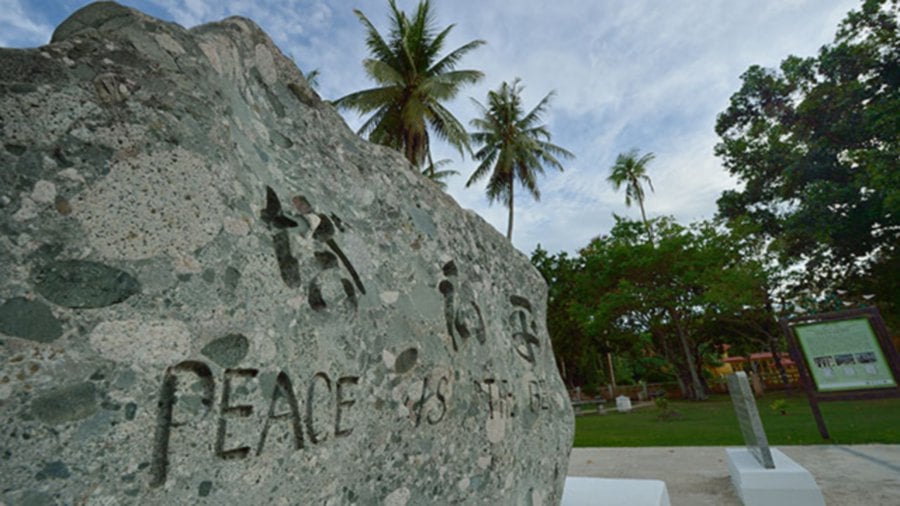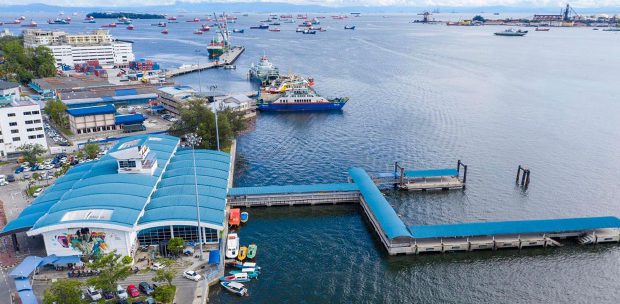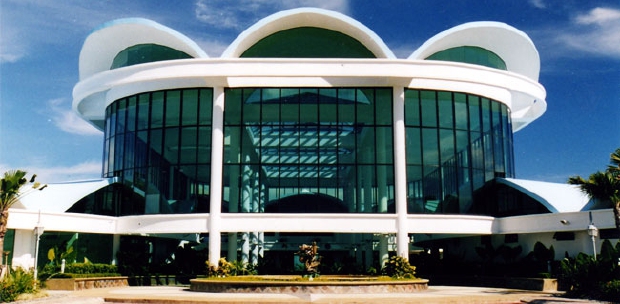THE Peace Park in Labuan, Malaysia, stands as a poignant World War II memorial and a testament to the reconciliation and friendship forged from the ashes of conflict. The park, also known as Taman Damai, symbolises peace and remembrance for those who perished in Borneo during the tumultuous times of World War II.
A JOURNEY THROUGH TIME
Labuan's history is marked by its four-year occupation under Japanese rule until the Allied Forces reclaimed it on Sept 10, 1945. The Peace Park was constructed by the Japanese government as an emblem of peace and friendship, officially handed over to Sabah's then-Chief Minister Datuk Harris Salleh on April 14, 1984, before Labuan was designated a Federal Territory.
SYMBOLIC DESIGN AND SERENE AMBIENCE

The park's design features a large, raised memorial mound that is the centrepiece, encircled by arched walls that symbolise an embrace of peace and unity. The meticulously landscaped grounds include Japanese-themed ponds and bridges, adding to the tranquil and reflective atmosphere. The park's architecture and layout are designed to promote a sense of harmony and introspection.
A SOLEMN REMINDER

At the park's entrance, visitors are greeted by a stone slab engraved with the poignant message "Peace is the best," setting the tone for contemplation. The park serves as a solemn reminder of the brutalities of war and the precious value of peace. It emphasises the importance of harmony, acceptance, and reconciliation between nations, making it a unique landmark in Malaysia.
NEARBY HISTORICAL SITES
Close to the Peace Park is another significant site, the Japanese Surrender Point, where the official surrender of the Japanese forces in Borneo took place, marking the end of World War II in the region. This proximity allows visitors to deepen their understanding of Labuan's wartime history and the steps taken towards peace and reconciliation.
VISITING THE PEACE PARK
Located about 20 minutes by taxi from Labuan Town, the Peace Park offers visitors a chance to reflect on the past while enjoying the peaceful, natural beauty of the surroundings. The park's lush greenery, soothing water features, and thoughtfully designed spaces make it an ideal spot for quiet contemplation and appreciation of the enduring spirit of peace.





